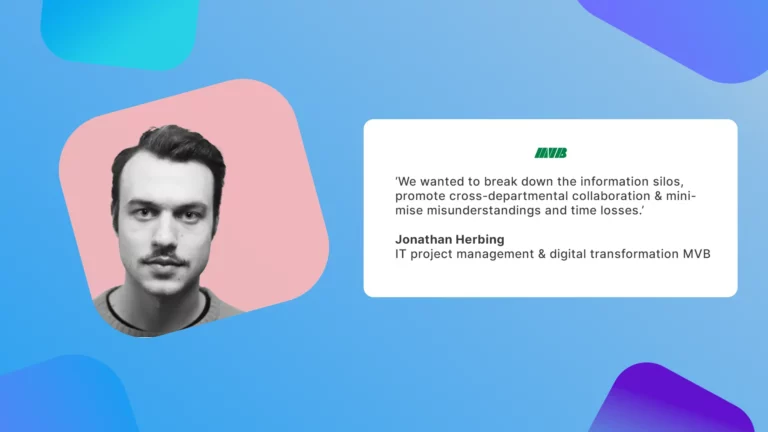MVB employee app from Polario
Optimising internal communication can be crucial for companies in order to improve the flow of information and promote collaboration between departments. Magdeburger Verkehrsbetriebe (MVB) has tackled precisely these challenges with the introduction of the Polario employee app. In this interview, Jonathan Herbing, IT Project Management and Digital Transformation MVB, talks about the reasons for introducing the app, the goals, the challenges and the successes achieved.
Implementation of the MVB employee app
Thank you, Jonathan, for taking the time to talk about the introduction of the Polario employee app at Magdeburger Verkehrsbetriebe. What was the main reason why MVB introduced an employee app?
Jonathan Herbing: “Our internal communication processes were ineffective. Information was frequently lost, and it was difficult to reach employees. In addition, there was a silo mentality because there was little or no cross-departmental communication. We spent a lot of time disseminating information, but we were unable to communicate updates and disruptions in the line network in a timely manner. All of this led to a certain degree of resignation among employees. “
What specific goals is MVB pursuing with the employee app and what challenges should be overcome?
Jonathan Herbing: “Our main goal was to improve internal communication for all employees. This applies in particular to the transport service, administration and maintenance. We wanted to break down information silos, promote cross-departmental collaboration and minimise misunderstandings and wasted time. Another important goal was to ensure the flow of information for the transport service so that drivers are always informed about the latest developments. Finally, we wanted to make communication between administration and the route network more transparent in order to speed up decision-making and increase operational efficiency.”
Functions of the MVB employee app
What are the main functions of the MVB Employee App by Polario and how do they support employees?
Jonathan Herbing: “One of the most important features is real-time communication. All employees receive important company news and updates directly on their smartphones, regardless of their location. This enables us to disseminate the latest information quickly and reliably. The app also promotes cross-departmental collaboration through group chats and forums. Here, employees can ask questions and clarify issues directly. We also have dynamic directories that allow employees to quickly find their colleagues’ contact details, and static directories that provide important documents such as company agreements or training materials.”
How was the MVB employee app received by employees? Are there certain features that were particularly well received?
Jonathan Herbing: “The app was very well received at the beginning. Within the first six months, over 80% of employees downloaded the app. Employees particularly liked its user-friendliness thanks to its intuitive design and clear menu structure. However, we noticed that usage declined by about 20% over time, which was due to integrations that weren’t working. Overall, though, feedback on the app was very positive. “
Changes and successes through the MVB employee app
Have there been measurable successes since the app was introduced? What positive changes have you observed?
Jonathan Herbing: “Yes, there have been several measurable successes. The introduction of the app has enabled us to significantly reduce paper consumption, as internal communications and information are now provided digitally via the MVB employee app. In addition, the involvement of the specialist departments in communication has improved. We have also observed that our employees’ digital literacy has increased and that they are willing to make greater use of digital tools. We have also defined specific KPIs to measure the success of the app. These KPIs include the number of app downloads, user activity and employee satisfaction.“
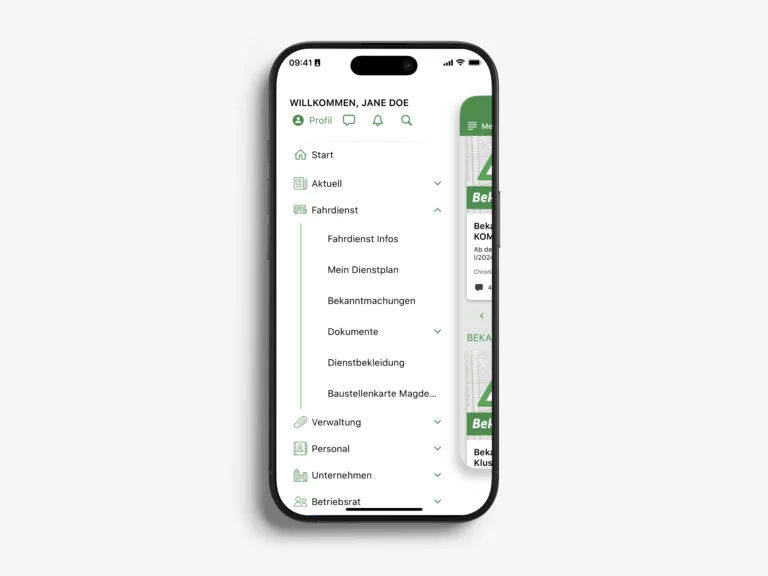
How does the employee app integrate into MVB’s existing IT infrastructure and HR management systems?
Jonathan Herbing: “We have successfully integrated the app into our IT infrastructure. This includes user management via Microsoft Exchange and Entra ID, which automatically synchronises new employees into the app. The integration of web applications such as the driver portal and internal appointment booking was also possible without any problems. However, connecting our existing self-service portal proved to be a challenge. Ultimately, we had to decide against integration, as usability would have suffered too greatly otherwise.
Cooperation with plazz AG as app provider
How would you describe the collaboration with Polario and plazz AG during the introduction of the app?
Jonathan Herbing: “The collaboration was very appreciative from the outset. The continuous support provided by plazz AG, which helped us integrate the app into our existing IT infrastructure, was particularly positive. The one-day introductory workshop was also very helpful in adapting the app to our specific needs. The only area where we would have liked to see more expertise was in change management, as this was new territory for us.”
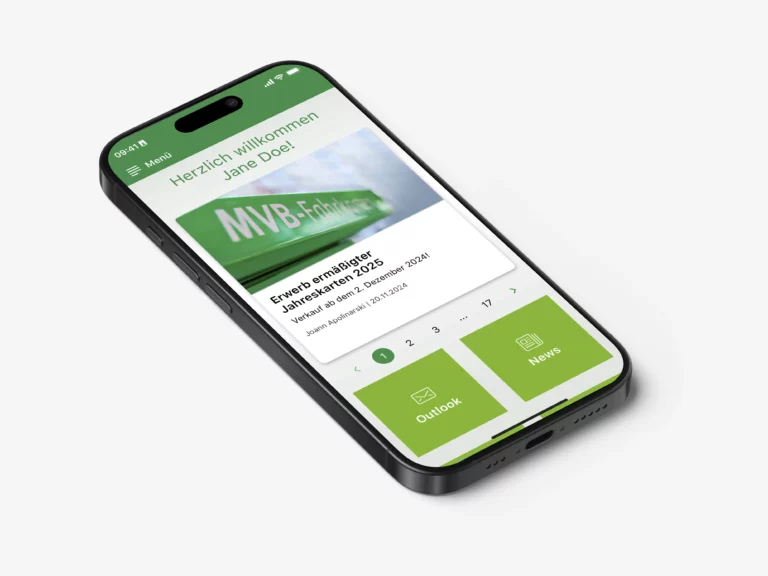
Is there any advice you would give to other companies looking to introduce similar digital solutions?
Jonathan Herbing: “An important piece of advice is to view the introduction of an employee app as a strategic internal communication project rather than purely an IT matter. The communications department should take the lead to ensure that the app supports the company’s goals and reflects its culture. It is also crucial to provide sufficient editorial resources to fill the app with relevant, up-to-date content. Finally, you should be prepared for the fact that digital projects require continuous maintenance and adaptation.”
Outlook and further development of the MVB employee app
How will the MVB employee app be adapted to the changing needs of employees? Are there plans for future updates?
Jonathan Herbing: “Yes, we are planning continuous updates. One of the most important enhancements we are already working on is the seamless integration of the transport service portal. This will allow transport service employees to view their duty rosters, shifts and working hours directly in the app. We are also working on integrating more entry points for digital workflows into the app via forms, e.g. to our document management system (DMS) or our ticket system, so that important internal processes such as ticket creation, notifications, etc. become digitally and mobile accessible to everyone. We are also planning to introduce company tablets for the transport service, which can be used for both private and business purposes.”
Jonathan, thank you very much for this exciting insight into the digital employee communication solution at Magdeburger Verkehrsbetriebe! It sounds like the Polario employee app is a real asset for the employees and the company.
You might also be interested in
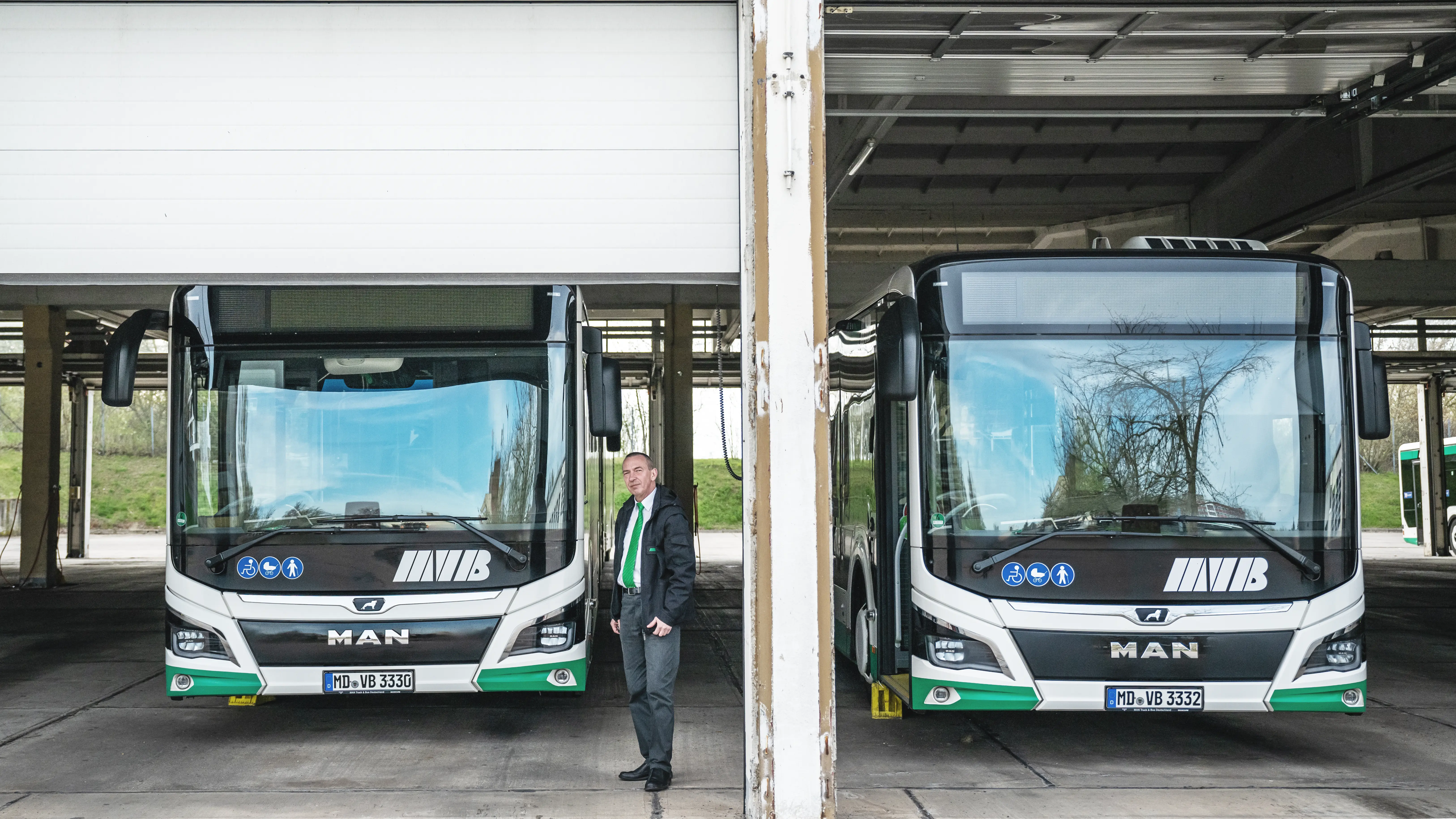
At Magdeburger Verkehrsbetriebe, Polario connects employees in real time, increases efficiency and saves time – digitally and sustainably!
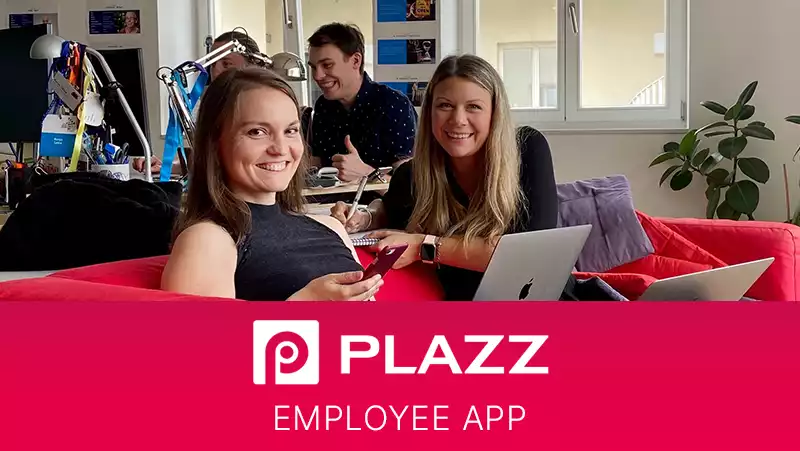
As plazz AG we use our own product as an employee app to take full advantage of all the benefits digitalization has to offer.


